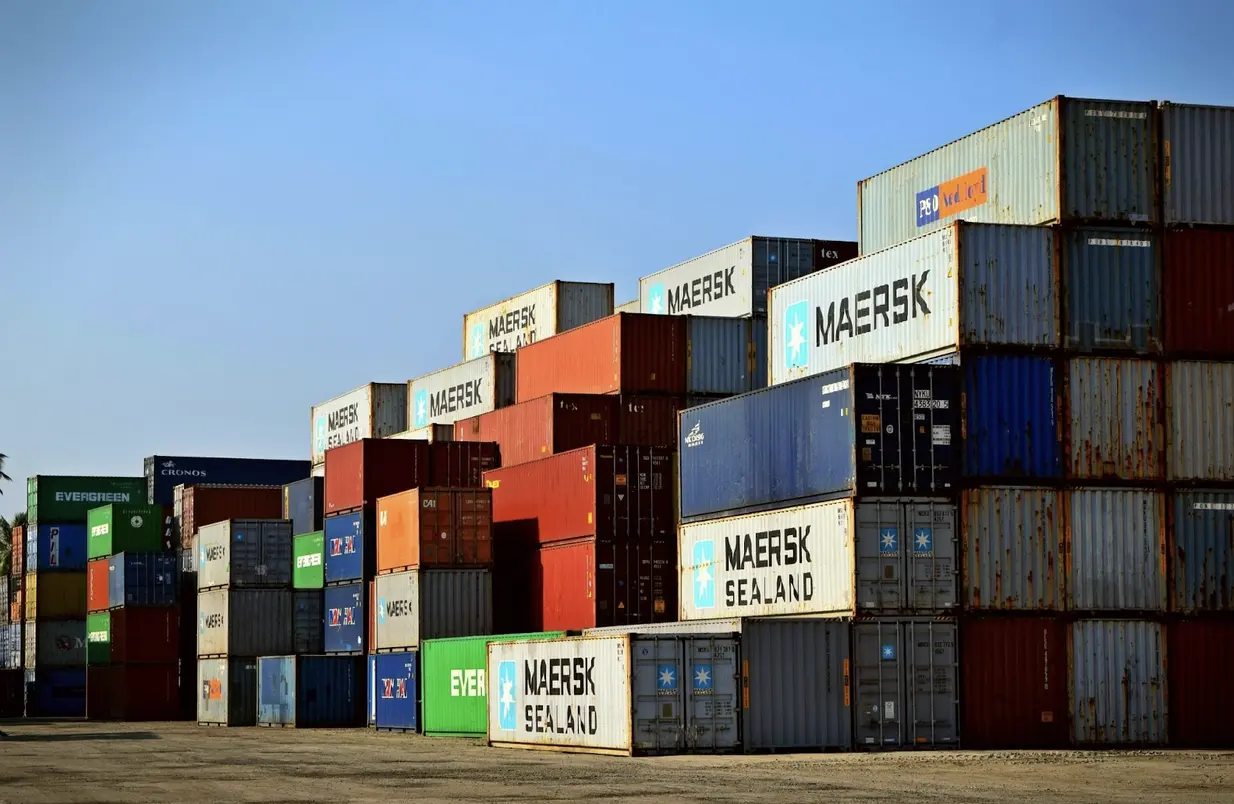The logistics industry stands on the brink of a technological revolution, with AI promising to enhance efficiency, reduce costs, and streamline operations. The integration of AI in logistics can lead to optimized routing, better demand forecasting, and improved inventory management. However, despite its potential, AI adoption in logistics has been slower than anticipated. This article aims to delve into the less commonly discussed factors that are impeding the widespread implementation of AI in logistics (more trinetix.com). By understanding these challenges, stakeholders can better navigate the path towards embracing AI technology and reaping its numerous benefits.

Technological Challenges
Integrating AI into existing logistics frameworks is fraught with technical difficulties that often go unmentioned. One significant challenge is the complexity of AI systems and their integration with legacy logistics infrastructure. Many logistics companies still operate on outdated systems that are not designed to support AI, necessitating substantial overhauls or the development of custom integration solutions.
Another critical issue is data quality and availability. AI systems thrive on large volumes of high-quality data, yet many logistics firms struggle with data that is inconsistent, incomplete, or siloed across various departments. This makes it challenging to create accurate AI models that can deliver reliable results. Additionally, cybersecurity concerns are paramount. The integration of AI increases the attack surface for potential cyber threats, making robust cybersecurity measures essential but difficult to implement and maintain consistently.
Economic Barriers
The financial investment required to adopt AI technologies is another significant hurdle. The initial costs associated with AI integration, including purchasing hardware, developing software, and training staff, are substantial. For many logistics companies, especially small and medium-sized enterprises, these upfront costs can be prohibitive.
Moreover, there is a pervasive uncertainty regarding the return on investment (ROI) from AI projects. Unlike traditional investments where ROI can be more easily predicted, the benefits of AI can be more abstract and long-term. Companies often find it challenging to justify the significant financial outlay without clear, short-term ROI projections. This economic barrier is compounded by the rapid pace of technological change, which can make early AI investments obsolete quickly, adding to the financial risk.
Organizational Resistance
Beyond technical and economic barriers, organizational resistance plays a critical role in slowing AI adoption in logistics. A significant issue is the lack of expertise within the industry. Developing, implementing, and managing AI systems requires specialized knowledge that is currently in short supply. Many logistics firms do not have the internal talent to handle these tasks and may be reluctant to invest in expensive external consultants.
Change management is another substantial hurdle. AI implementation often necessitates a shift in business processes and workflows, which can be met with resistance from employees and management alike. Workers may fear job displacement due to automation, while management may be hesitant to disrupt established procedures. This resistance can significantly delay or even derail AI adoption efforts.
Regulatory and Ethical Concerns
Navigating the regulatory landscape is a complex challenge for logistics companies looking to adopt AI. The regulatory environment governing AI applications is often murky and inconsistent, with different regions having varying standards and requirements. This can create significant hurdles for global logistics companies that must comply with a patchwork of regulations.
Ethical considerations also pose a barrier. The deployment of AI in logistics raises concerns about job displacement, as automated systems can replace human roles. Additionally, privacy concerns arise with the increased collection and processing of data. Companies must balance the benefits of AI with these ethical implications, which can slow down decision-making and implementation processes.
Case Studies and Real-World Examples
Examining both successful and unsuccessful AI implementations can provide valuable insights. One notable example of successful AI integration is DHL’s use of AI to optimize its supply chain operations. By leveraging machine learning algorithms, DHL has improved route planning and demand forecasting, leading to significant cost savings and efficiency gains.
| Company | AI Implementation Success | Key Takeaways |
| DHL | Yes | Improved route planning and demand forecasting, significant cost savings |
| XPO Logistics | Yes | Enhanced supply chain visibility and real-time tracking |
| Failed Company X | No | Incomplete data and poor integration with legacy systems led to failure |
Conversely, there are lessons to be learned from companies where AI adoption did not yield the expected results. In these cases, issues such as incomplete data, poor integration with existing systems, and resistance from staff were common pitfalls.
Future Outlook
Despite the current challenges, the future of AI in logistics is promising. Emerging trends, such as the development of more advanced machine learning models and improved data integration techniques, hold the potential to overcome many of the existing barriers. Additionally, as AI technology becomes more accessible and affordable, the economic barriers may diminish.
To accelerate AI adoption, logistics companies should focus on several key areas. Investing in training and development to build internal AI expertise is crucial. Companies should also prioritize data quality and integration to ensure that AI systems have the necessary foundation to function effectively. Collaborating with regulatory bodies to create clear guidelines can also help smooth the path for AI implementation.
Final thoughts
The journey towards AI adoption in the logistics industry is fraught with challenges, from technological and economic barriers to organizational resistance and regulatory concerns. However, by understanding and addressing these factors, logistics companies can better position themselves to harness the transformative power of AI. As the industry continues to evolve, those who strategically invest in AI will be well-placed to achieve significant competitive advantages, driving efficiency and innovation in their operations.
I’m Ava Taylor, a freelance web designer and blogger. Discussing web design trends, CSS tricks, and front-end development is my passion.
